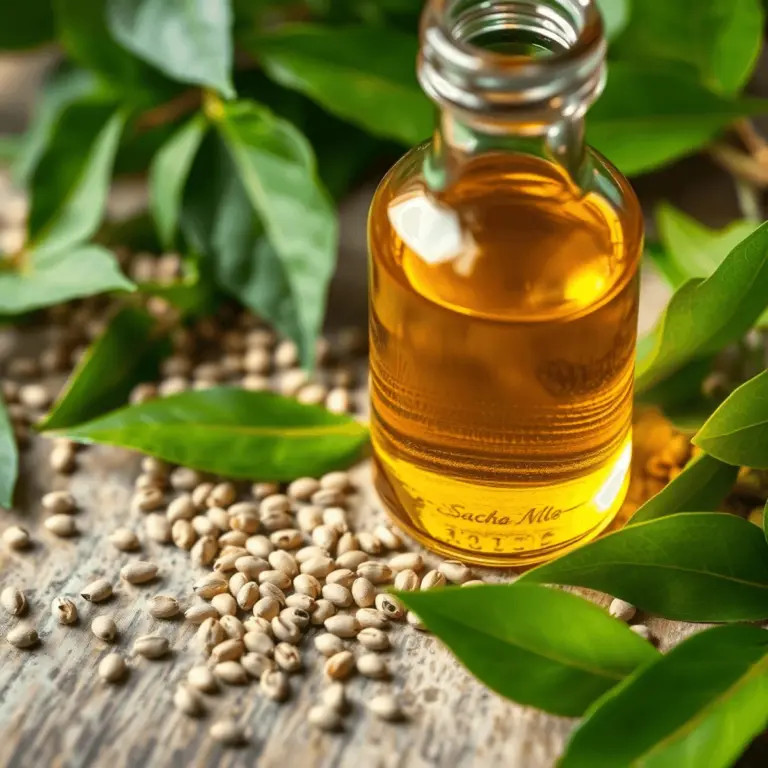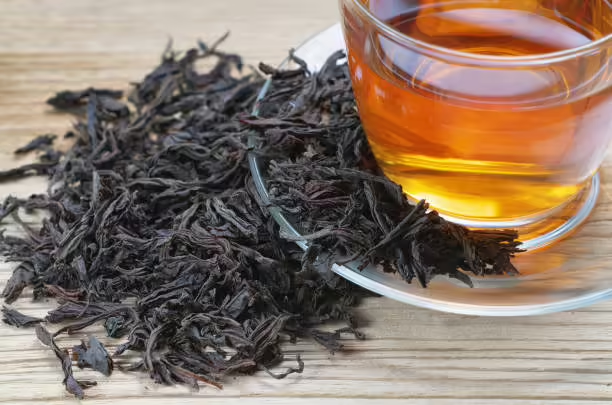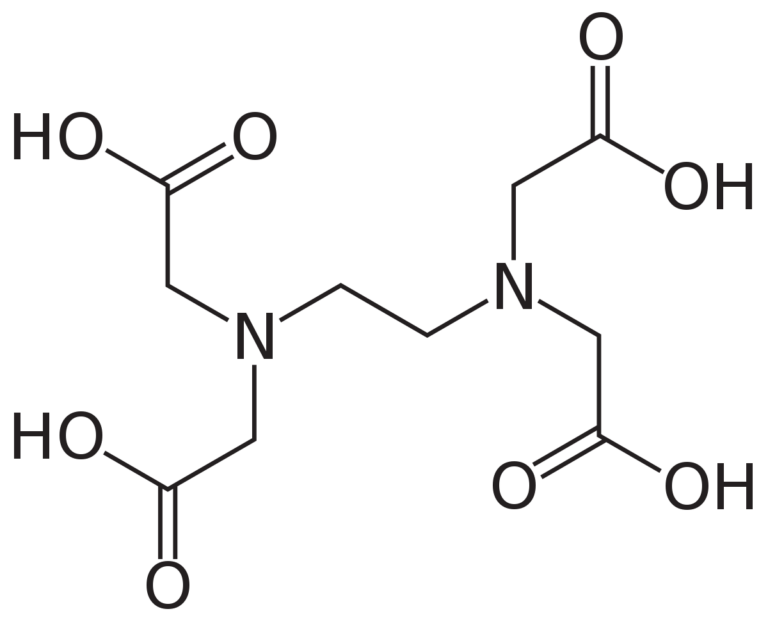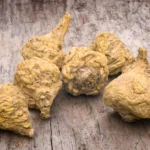Oleoresin is a natural mixture of an oil and a resin obtained from various plants, particularly spices and aromatic plants. It is used as a flavor and fragrance ingredient in the food, cosmetic, and pharmaceutical industries. The composition of oleoresins can vary depending on the plant source, but they typically contain essential oils, resins, and other volatile and semi-volatile compounds.
Oleoresins are commonly obtained by extraction from plant material using solvents such as ethanol, acetone, or petroleum ether. The extraction process allows for the separation of the volatile and semi-volatile compounds from the plant, resulting in a concentrated mixture of the desired components.
One of the main advantages of using oleoresins instead of essential oils is their stability and consistency. Essential oils can vary in composition depending on factors such as the time of harvest, climate, and soil conditions. Oleoresins, on the other hand, provide a standardized and consistent source of flavor and fragrance compounds.
In the food industry, oleoresins are used as flavorings in various products, including baked goods, confectionery, sauces, and snacks. They can also be used as natural colorants, providing a yellow to reddish-brown hue.
In the cosmetic and pharmaceutical industries, oleoresins are used for their fragrant and therapeutic properties. For example, ginger oleoresin is used as a warming and soothing ingredient in topical pain relief products, while turmeric oleoresin is used as a natural antioxidant and anti-inflammatory ingredient in skin care products.
In conclusion, oleoresins are a versatile and valuable ingredient in various industries due to their stability, consistency, and concentrated flavor and fragrance compounds.
what is different of oleoresin and essential oil
Oleoresin and essential oil are both obtained from plants and contain volatile and semi-volatile compounds. However, they differ in their composition, method of extraction, and use.
Composition: Essential oils are typically composed of volatile and aromatic compounds that are responsible for the plant’s fragrance and flavor. Oleoresins, on the other hand, are a mixture of both essential oil and resin, which are less volatile and provide a thicker, more viscous texture.
Method of Extraction: Essential oils are usually obtained by steam distillation or cold pressing. Oleoresins, on the other hand, are obtained through a solvent extraction process, which allows for the separation of the volatile and semi-volatile compounds from the plant.
Use: Essential oils are often used in aromatherapy, perfumes, and personal care products for their fragrant properties. Oleoresins are mainly used as a flavor and fragrance ingredient in the food, cosmetic, and pharmaceutical industries, due to their stability and consistent composition.
In summary, while essential oils and oleoresins both come from plants and contain similar compounds, they differ in their composition, extraction method, and use. Essential oils are mainly used for their fragrant properties, while oleoresins are mainly used as a source of consistent flavor and fragrance compounds.
Shopping Cart







